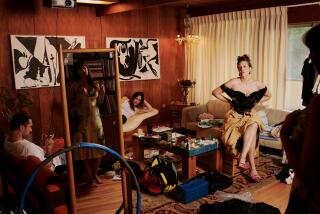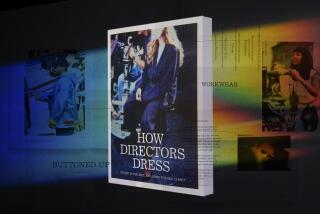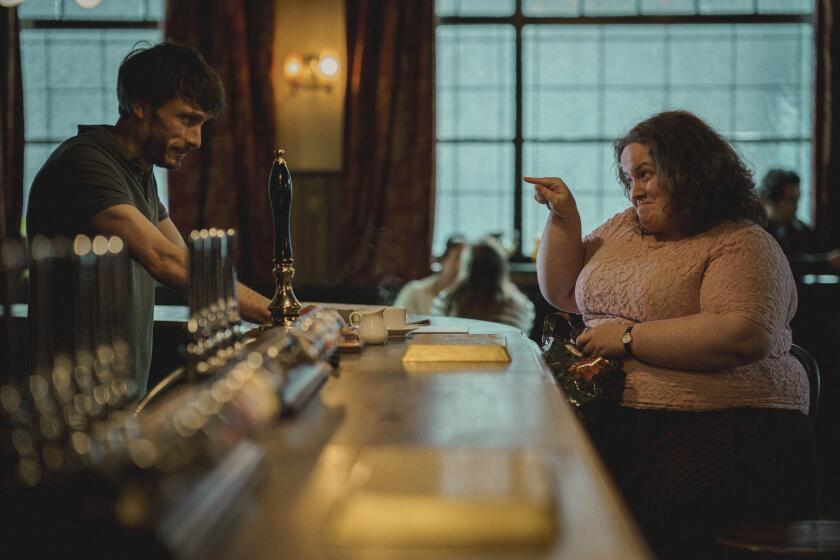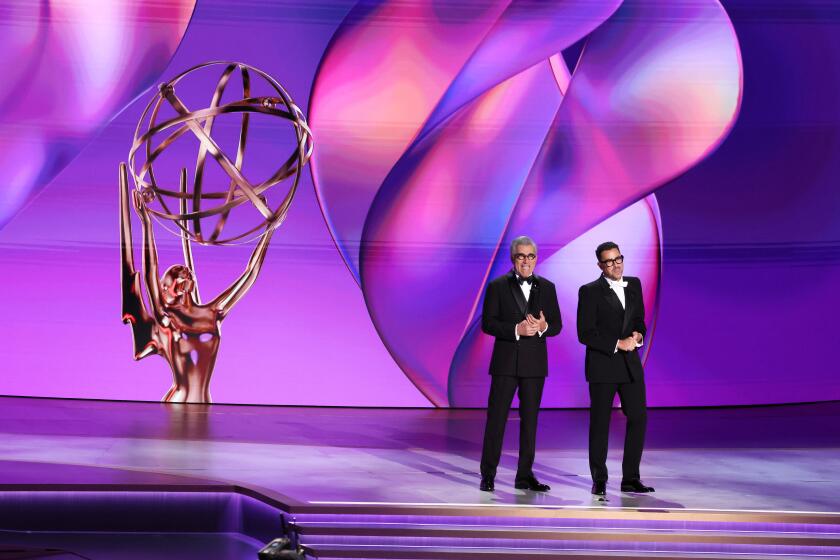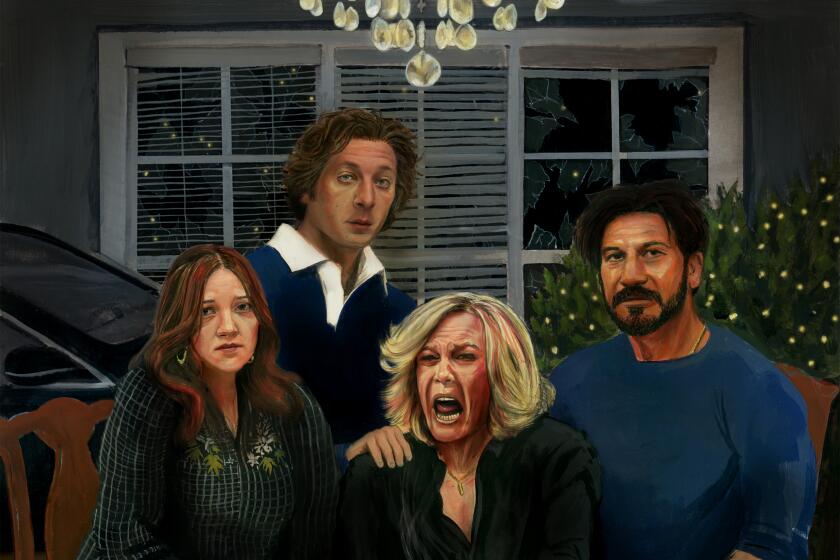Clothes may make the person, but costumes make the character — just ask any actor
Costume designers understand better than most how clothes make the man – and the woman – in movies. Every item of clothing, accessory or pair of shoes tells the audience something it didn’t already know about the characters parading around the screen. But that’s not entirely a function of either the actor wearing them or the costume designer who created the look: It’s truly a team effort. Here are four teams who are dazzling us this awards season, sharing how they came together to create memorable looks.
“Wonderstruck”
Julianne Moore (Lillian/Rose)
Sandy Powell, costume designer
The players: Having worked on two previous period films together (“Far From Heaven,” “The End of the Affair”), Powell and Moore slipped into gear so the Oscar-winner could play both Rose (circa 1970) and Rose’s mother, Lillian (circa 1920). “Sandy always starts with shape, especially with vintage things to see what works for you and the time period, and then she builds the color in,” says Moore. “She was actively disappointed because I didn’t change [costumes] in this film much!”
Clothing challenge: Among her designs, Powell created a cotton canvas tunic top and cream cigarette pant trousers for the older Rose, but with a subtle reference to a sailor outfit the younger Rose wears elsewhere in the film. “The whole process is one of collaboration,” she says. “It’s about working with someone to achieve a goal. Julianne and I worked together to make her characters come to life.”
Video Q&A’s from this season’s hottest contenders »
“Murder on the Orient Express”
Kenneth Branagh (Hercule Poirot)
Alexandra Byrne, costume designer
The players: As both director and star, Branagh spoke with Byrne early on about his character’s costume, working out those details before moving into the rest of the cast’s outfits. “We intentionally talked about the Poirot costumes early in the process, because once he started on the production he would be swamped,” recalls Byrne, who has worked on Branagh’s “Hamlet” and “Thor,” among other films. “Costume forms part of the ritual that helps you assume the character,” says Branagh. “It’s the beginning of playing the part.”
Clothing challenge: Poirot is introduced in evening wear, complete with a coat, cape, hat, patent leather shoes and a cane. “There’s a crispness to the entire ensemble that marks out the silhouette of this famous character,” says Branagh. But Poirot was not a wealthy man, and that meant keeping clothes to his class, which Byrne says was all-important in this 1930s Britain. “We wanted him to have a bit of flamboyance and an immaculate quality, without it being too wealthy. Everything had to be pared down – functional, but also with personal style.”
“Wonder Wheel”
Justin Timberlake (Mickey Rubin)
Suzy Benzinger, costume designer
The players: Benzinger says designing for men in movies is often easier than women, and found Timberlake particularly easy to work with. “Guys dress for comfort in the movies and in real life. Justin had a natural curiosity about so many things.” Meanwhile, Timberlake had nothing but praise for his designer: “She’s a master at her craft, and has so many great ideas for my character.”
Clothing challenge: Timberlake warned Benzinger that they might have a costume issue. “I told her I was going to probably lose 10 to 12 pounds before we started shooting,” says Timberlake. “A lifeguard back then was a slender, smaller man. So we had to refit all of my pants.” And pants were surprisingly important to portray a Greenwich Village-living, Coney Island-working writer/lifeguard, specifically a wide-leg, high-waist pair of chinos. “They’re cut exactly as they were cut then,” says Benzinger of Timberlake’s clothing. “A designer is lucky to have Justin Timberlake wear their clothes. He looks so natural, and so great.” That said, there was one particular item of hidden clothing Timberlake suggested really helped keep him in character: “We wore vintage underwear from the actual period,” he says. “Something you’d never know!”
See the most read stories this hour »
“Victoria & Abdul”
Judi Dench (Queen Victoria)
Consolata Boyle, costume designer
The players: Dench and Boyle had advantages coming to “Victoria & Abdul”: The actress had played Queen Victoria in 1997’s “Mrs. Brown,” and she and Boyle had worked together on 2013’s “Philomena.” “There’s nothing that Consolata doesn’t know about modern or period dress,” says Dench. “You’re able to hit the ground running with [Dench],” says Boyle. “She knows how to use costume, and she’ll tell you exactly what she feels.”
Clothing challenge: Black-clad Victoria, still in mourning after Prince Albert’s death, was made brighter with ribbons and lace that “catch the light,” says Boyle. But early in the film she attends a state dinner in full regal regalia – including an extremely long train. “It’s emblematic of so much that was limiting for Victoria at the time,” says Boyle. “This frail woman, wearing a dress with all these embellishments.” What does Dench remember about that outfit? Just her 16-year-old white dog Minnie racing around on the train during fittings.
More to Read
From the Oscars to the Emmys.
Get the Envelope newsletter for exclusive awards season coverage, behind-the-scenes stories from the Envelope podcast and columnist Glenn Whipp’s must-read analysis.
You may occasionally receive promotional content from the Los Angeles Times.

